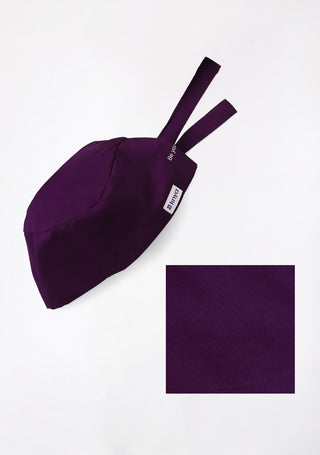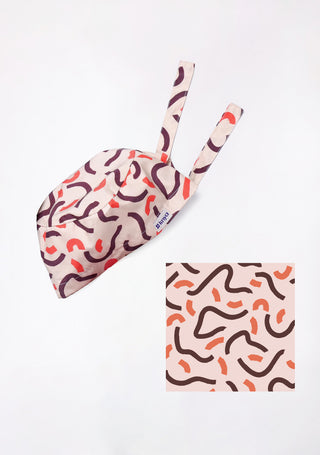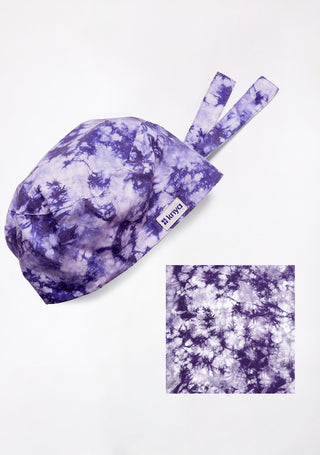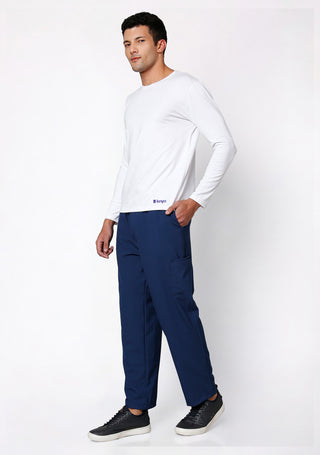From 12-hour shifts and endless coffee runs to bleach splashes and hurried lunches in between rounds, Scrubs are practically a part of your second skin. But while they might still “look fine” on the surface, there comes a point when your beloved scrubs stop doing their job protecting you, representing your professionalism, and keeping you comfortable.
Discover our stylish and functional scrubs for women, designed to keep up with your demanding workday
The Fabric Has Given Up
The first and most obvious sign is the feel of the fabric itself. When scrubs start to feel thin, rough, or limp it’s their way of telling you, “I’ve done my part.” Over time, repeated washing and exposure to disinfectants weaken the fibers, causing fabric thinning and reduced durability.
You might even notice:
- Small holes appearing out of nowhere
- Color fading that no amount of vinegar can fix
- The once-soft cotton blend feeling scratchy on your skin
Thin, overused fabric not only looks worn-out but also loses its protective quality. That means less defense against spills, stains, and even mild contamination. When your scrubs start resembling tissue paper instead of a uniform it’s time for an upgrade.
The Color Has Faded Beyond Recognition
That once-bright teal or crisp navy now looks, let's say, “vintage.” Fading is inevitable, especially when scrubs go through high-temperature washes and disinfectant cycles, but there’s a point where it affects your overall appearance.As a healthcare professional, your uniform isn’t just clothing it’s part of your brand image. Dull, unevenly faded scrubs can make even the most energetic doctor or nurse look tired and unprofessional.
Persistent Stains That Just Won’t Budge
Some stains are simply permanent. Whether it’s from blood, iodine, or a stubborn pen leak, these marks can make even freshly washed scrubs appear dirty. And while stain removers and pre-soaks can help early on, repeated exposure eventually embeds them deep into the fibers.Keep a set of older scrubs for messy procedures or lab work, but invest in new, spotless sets for daily clinical wear. Remember, first impressions matter and clean, well-kept scrubs reflect attention to detail and hygiene.
Pair your medical scrubs with one of our tailored lab coats for a complete professional look.
Poor Fit or Lost Shape
After dozens of washes, scrubs can stretch, shrink, or lose their structure entirely. The waistband starts sagging, the sleeves twist awkwardly, and the overall silhouette looks tired.Fit isn’t just about appearance it affects comfort and mobility. Loose scrubs can snag on equipment, while tight ones restrict movement during critical procedures.
The Stitching and Seams Are Falling Apart
When the seams start unraveling or the pockets sag under the weight of your penlight and ID card, that’s a red flag. Weak stitching compromises the overall durability of your scrubs and no one wants to risk an embarrassing tear mid-shift.If you’re constantly repairing the same spots or relying on safety pins, it’s more practical to replace them. Modern medical uniforms are now designed with reinforced seams and double-stitching to withstand long-term wear, a worthy investment for peace of mind.
Final Thoughts
Your scrubs are more than just workwear, they're your professional armor. They see you through sleepless nights, life-changing patient moments, and countless shifts. But even the best armor needs replacement after long service.Investing in new scrubs isn’t vanity it’s a matter of hygiene, comfort, and respect for your profession. When you look good, you feel confident; and when you feel confident, you perform better.












